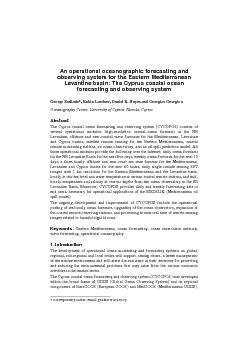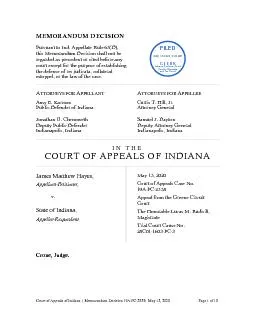PDF-George Zodiatis*, Robin Lardner, Daniel R. Hayes and Georgios Georgiou
Author : olivia-moreira | Published Date : 2015-09-14
An operational oceanographic forecasting and observing system for the Eastern Mediterranean Levantine basin The Cyprus coastal ocean forecasting and observing systemservices
Presentation Embed Code
Download Presentation
Download Presentation The PPT/PDF document "George Zodiatis*, Robin Lardner, Daniel ..." is the property of its rightful owner. Permission is granted to download and print the materials on this website for personal, non-commercial use only, and to display it on your personal computer provided you do not modify the materials and that you retain all copyright notices contained in the materials. By downloading content from our website, you accept the terms of this agreement.
George Zodiatis*, Robin Lardner, Daniel R. Hayes and Georgios Georgiou: Transcript
Download Rules Of Document
"George Zodiatis*, Robin Lardner, Daniel R. Hayes and Georgios Georgiou"The content belongs to its owner. You may download and print it for personal use, without modification, and keep all copyright notices. By downloading, you agree to these terms.
Related Documents














